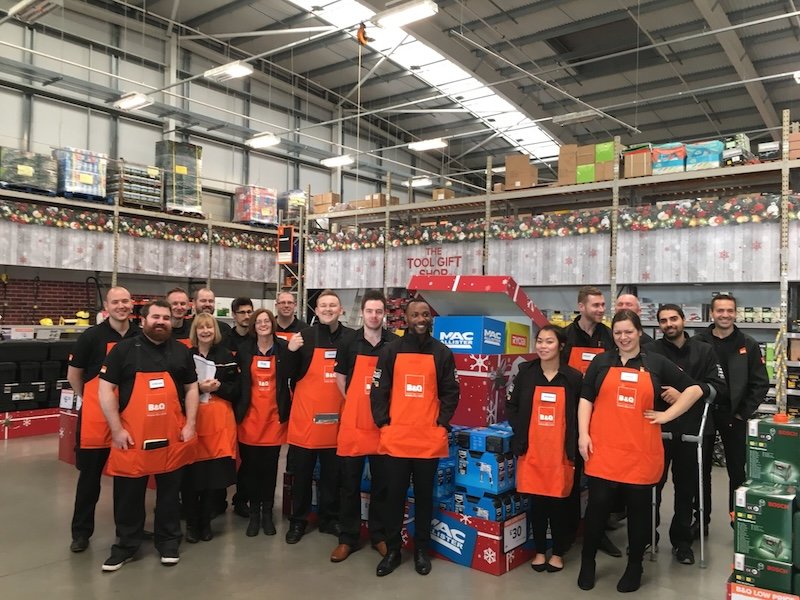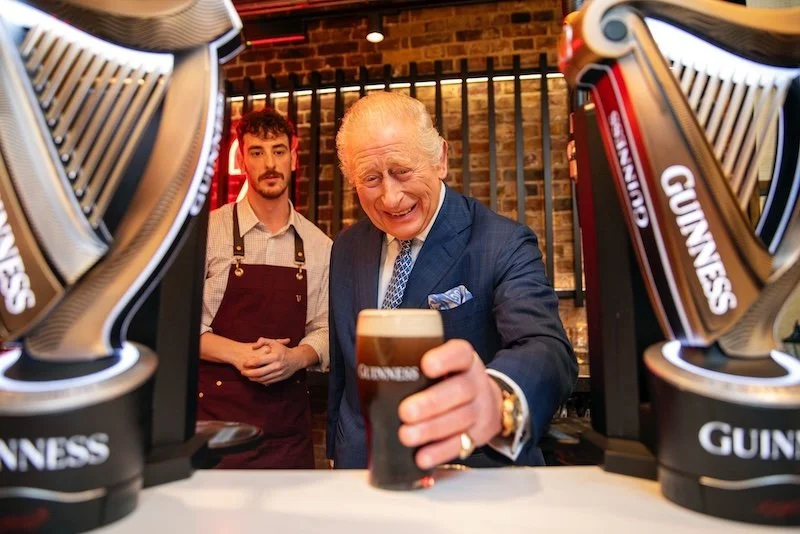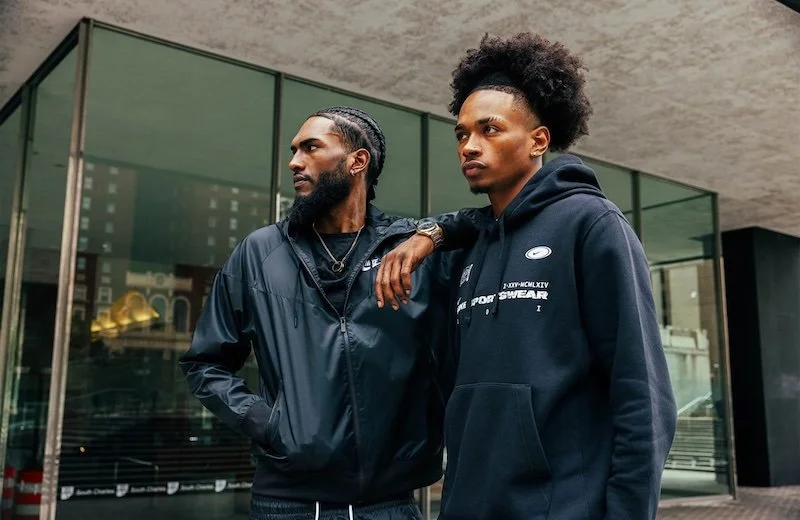#WACD – Can your business excel at what Amazon can't do?
By Hugh Fletcher, Global Head of Consultancy and Innovation at Salmon, a Wunderman Commerce company
Amazon is the world’s largest online retailer and, as of January, officially the world’s biggest company. This is a monumental moment for the retailer, which has been trying to knock Microsoft off that top spot for some time.
So, yes, it is already having a pretty good year. And there is no doubt that as a major disruptive force in retail and beyond, it has changed consumer shopping habits for good. However, have you ever stopped to think about What Amazon Can’t Do?
Amazon isn’t perfect
The success of Amazon as a retailer has come on the basis of cost and convenience, among other factors. Giving customers cheaper prices and convenient delivery has won it many fans but there have been compromises along the way.
We carried out a survey into Amazon and, in particular, why people chose not to shop with the retailer. The results indicated that there is still plenty that it can’t do especially well – which creates opportunities for savvy competitors (large and small) to claw back some market share.
What can’t Amazon do?
According to the results of our Future Shopper survey last year:
· Amazon can’t always offer the lowest prices
Despite this being its major selling point, 46% of our respondents said that they shop outside of Amazon because that’s where the cheapest prices are. This was not usually the case several years ago but you may have noticed that Amazon is not always as cheap as it once was – there is room for other retailers to edge into those margins.
· It does not provide a highly personalised service
In fact, the huge retail behemoth is arguably the opposite of personal. Despite the fact that Amazon is currently investing heavily in trying to personalise its marketing and search, it’s still not the same for many people as shopping with smaller brands or on the High Street. 14% of people said that they find a more personalised service elsewhere.
· It doesn’t provide an in-store experience for most of us
Not every product is best purchased online, and shoppers - especially Millennials - often favour an in-store experience, particularly when shopping for luxury and fashion items. Although Amazon has made an initial and impressive incursion into physical space with Amazon Go, right now it’s very much still an online experience and its track record in offering mass market, in-store shopping experiences is close to zero.
· It isn’t the place to go for specialist or niche products
22% of our survey respondents said they will look elsewhere for anything that isn’t a general product because Amazon isn’t likely to have it. This offers a lot of hope for smaller, specialist businesses particularly those offering personalised items, and brands looking to establish direct-to-consumer (D2C) retail channels.
· It isn’t seen as strong on loyalty rewards
A quarter of the people we spoke to indicated that other retailers offer much more attractive options when it comes to loyalty schemes. Of course, the flipside - from an Amazon perspective - is that Amazon Prime is one of the most powerful loyalty programmes on the planet. But not all consumers consider it a loyalty scheme as such.
· It doesn’t always win on delivery
Yes, they’re pioneering drone delivery and same day options. However, many people have found that Amazon can’t seem to consistently do exceptional and reliable delivery – a serious chink in its armour. Complaints about Prime deliveries, for example, went through the roof last year with social media full of people upset about not getting their items on time. It could even be said that Argos, which uses its network of stores to offer same-day delivery, is currently much better established than Amazon’s one-hour Prime Now promise.
#WACD (What Amazon Can’t Do) is now officially a hashtag – and another reminder that there is potential for other brands and retailers to create opportunities where Amazon falls short.










Continue reading…